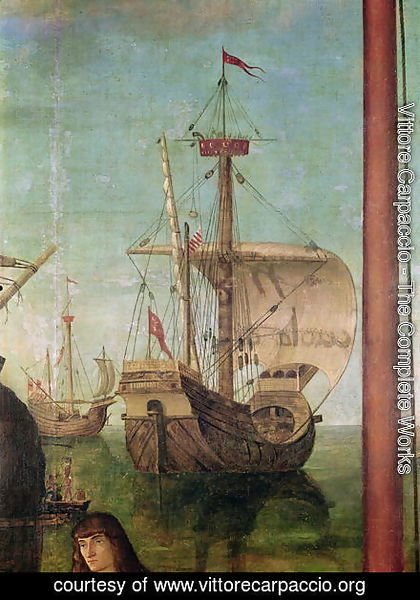I've just started building the MarisStella Ragusian Carrack, which, except for unseen bulkheads and supports, is a totally walnut wood kit. Even the masts and spars. For a number of reasons, I'm thinking of replacing these included walnut dowels:
My question here is what color should the masts and spars be on this 16th century ship? With British ships like the Victory, masts are beige to yellow ochre, while masts are black. I doubt this would apply to a 16th century Mediterranean ship from Dubrovnik, but wonder if there might be some other standard? Or would they all just have been natural color wood of whatever species used? I understand Fir was most often used, in which case a light brown color would seem appropriate. But would they have been colored by any other treatment or material? Or just spar varnish?
- I'd like more variation in color, and all walnut is too much of one color, I think.
- At least one included dowel is too short.
- Some included dowels are way oversize and require too much material removal.
My question here is what color should the masts and spars be on this 16th century ship? With British ships like the Victory, masts are beige to yellow ochre, while masts are black. I doubt this would apply to a 16th century Mediterranean ship from Dubrovnik, but wonder if there might be some other standard? Or would they all just have been natural color wood of whatever species used? I understand Fir was most often used, in which case a light brown color would seem appropriate. But would they have been colored by any other treatment or material? Or just spar varnish?











